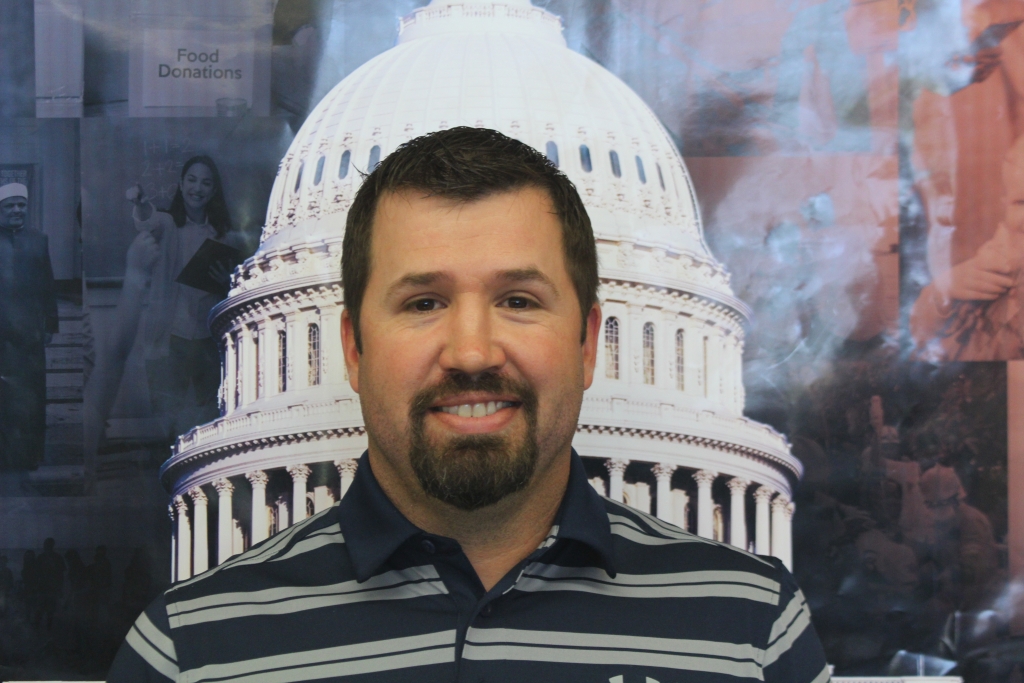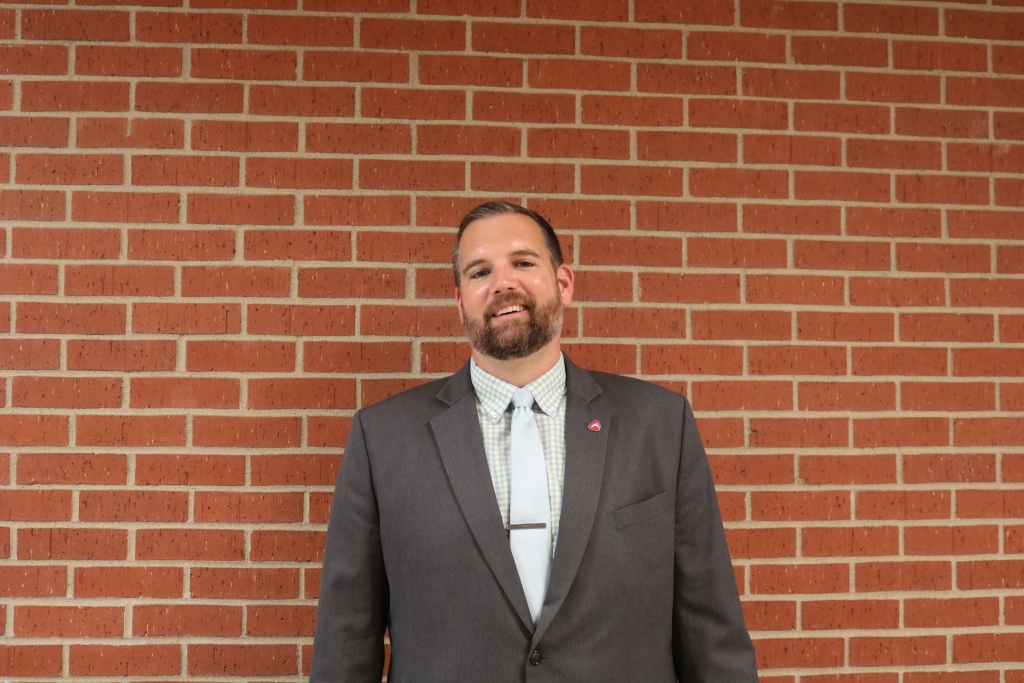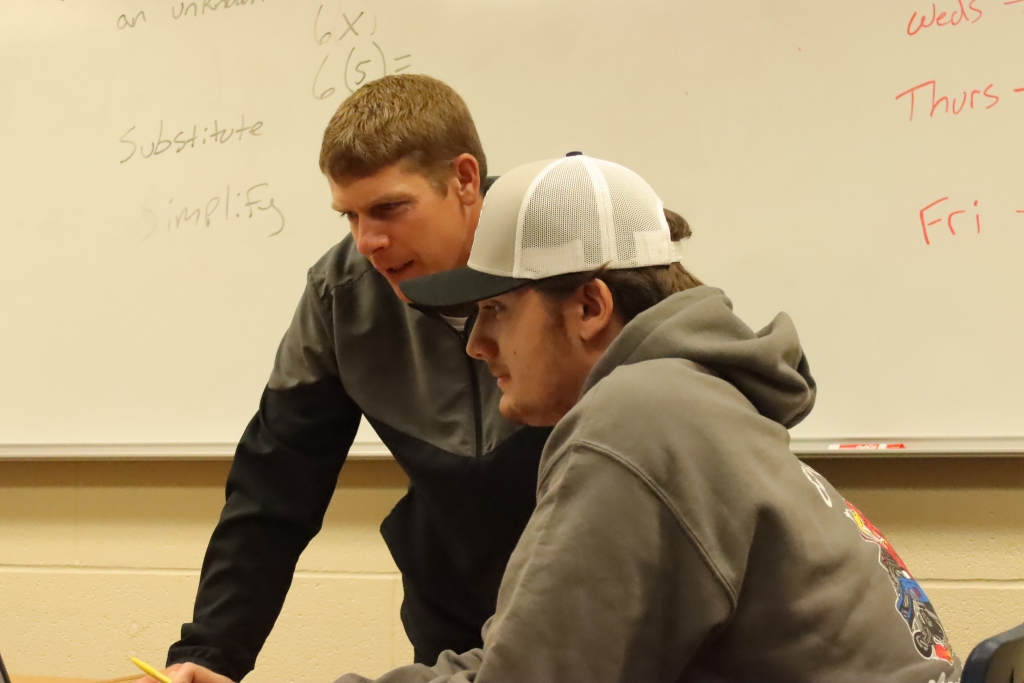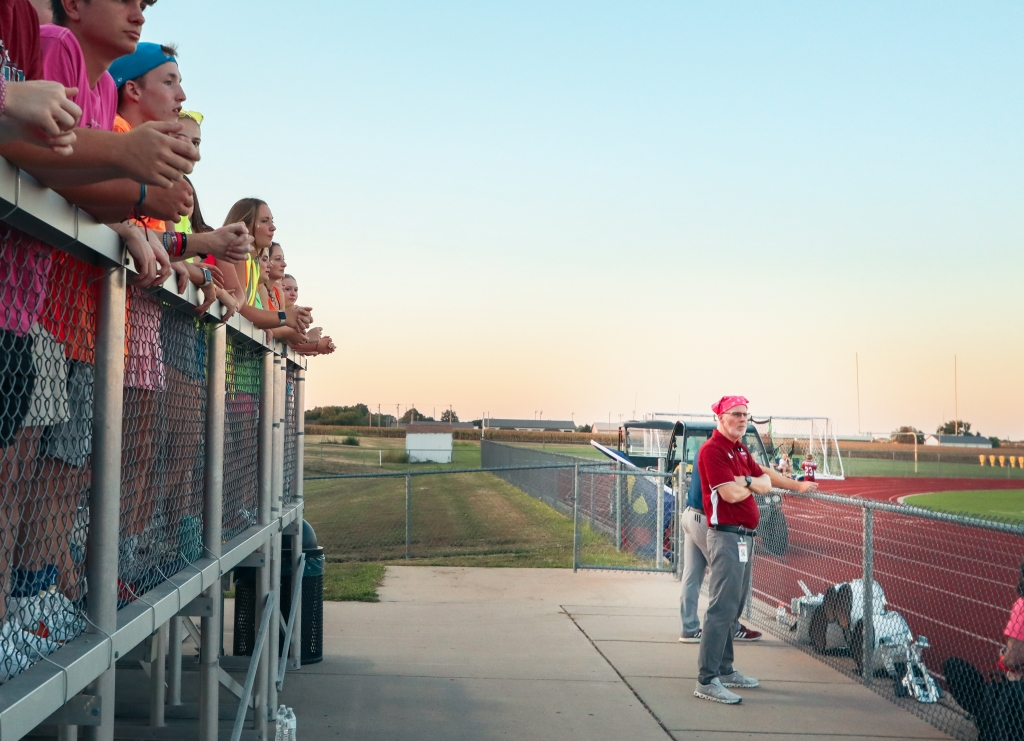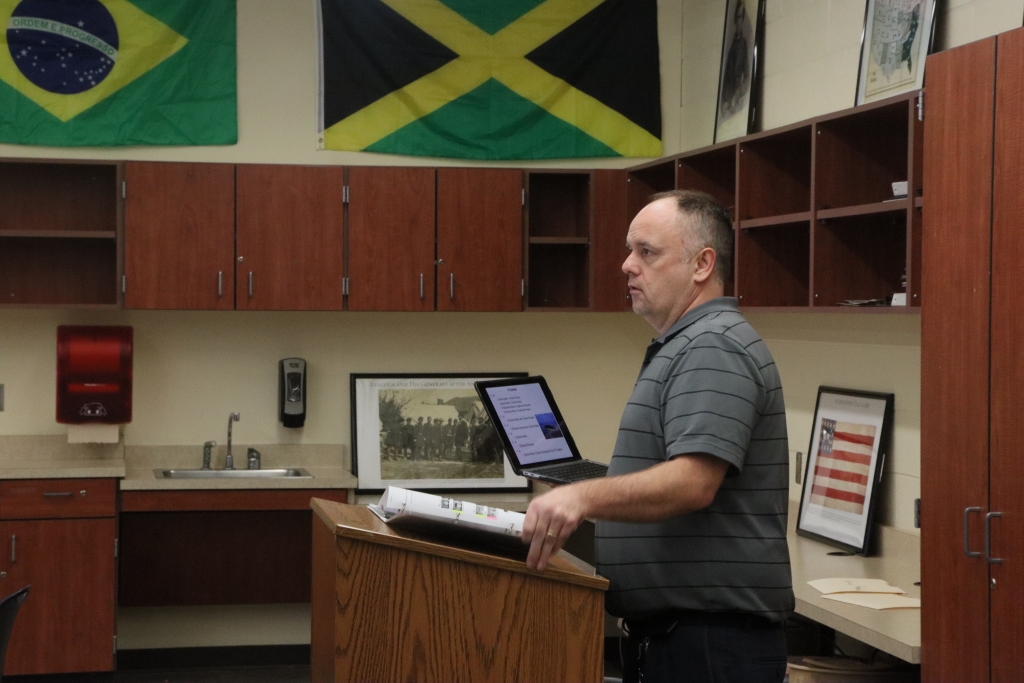What’s the deal with eating in class?
story by Sydney Shain ≫
According to the student handbook, food should not be taken anywhere outside of the commons area. However, many teachers have food days or bring in snacks for treats and birthdays. There are also other instances where food is occasionally used to help kids learn and grow.
Mr. Peltzman is one such teacher who believes in the positives of eating steadily throughout the day.
“Here’s what my philosophy is,” said Peltzman. “If I can reward students with things that are maybe deemed inappropriate or unacceptable in other classes for performing well in my class, be it with trail mix, or I give out water, I feel like by doing that, I’m going to incentivize them in a positive way to get their work done. Or come to school, even.”
Additionally, teachers use food as an opportunity to learn in and of itself.
“Students have to bring in a Great Depression recipe,” said Mr. Tharp, U.S. History teacher at EHS. “The big thing that people had to deal with [during the depression] was doing more with less. They had to have filling food that wasn’t very nutritional. This helps students imagine what it could be like if this was their life. Imagine having to eat like this all the time.”
Many teachers allow classroom snacking to happen, but there are also some that feel that eating around certain equipment or technology is dangerous enough that they refuse to let students get away with it. Some, like Mrs. Pruitt, the chemistry teacher here at EHS, goes so far as to not allow gum chewing or drinking from your water bottle in lab areas for the sake of students’ safety.
“In class, when we’re doing regular class stuff, I would prefer you not to eat and I’ll ask you to put it away,” said Mrs. Pruitt.
“But when we’re at the lab stations and we’re burning stuff, and you have your mouth open all the time, like when you’re chewing and drinking, then you’re inhaling too. It ends up getting into your digestive system, instead of the air entering into your nose, which catches the bad stuff.”
All of these different situations create a blurred line between what is okay and what is not acceptable concerning the rules on eating in class. However, it might be less of a contentious issue between students, faculty, and administration, and more of an understanding of expectations and trust to uphold standards.
“It’s not just trust between students and teachers, but it’s teachers and administrators,” said Tharp. “They know that we’re not going to abuse something to a point that it’s going to cause a detriment to the school. They allow us to conduct our classrooms the way we see fit.
“I think you have to have it as a rule, just in case these classes start coming along and you can’t trust them, but that’s not the case with the students we have now. You guys are responsible enough that this isn’t an issue. So why fix something if it’s not broken?”

